
By Courtney Ridgel
Many travelers to Laos and Thailand choose to get up early at some point to partake in the daily alms-giving to the monks, otherwise known as ‘Tak Batt’. ‘Tak’ comes from the act of giving food directly from your plate or bowl to the monk’s “batt” or alms bowl. . Most of our travelers experience this in either Laos or Thailand or both, so we wanted to give a brief overview of what to expect, how this practice is different between the two countries, and the proper etiquette to use when joining in these experiences.
To begin with, throughout Southeast Asia, monks should be treated with the highest respect and women in particular should never touch monks, their robes or hand anything directly to them. Many young men will spend a period of time as a monk for a number of reasons. For poor families, sending their sons to the monkhood allows them to receive an education and skills that will serve them later in life. Spending time as a monk is also thought to bring ‘merit’ to yourself and your family, and is thought to help round you out spiritually as a person. One aspect of monkhood, in Laos and Thailand at least, is that you are meant to live piously off of ‘alms’ or donations from the local community. For the locals, giving alms to the monks brings them ‘merit’.
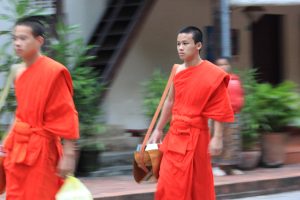
In Laos, particularly in Luang Prabang, there are large numbers of monks and multiple monasteries, with monks ranging from the very young to the very old. At the first sight of dawn each morning, the temple bells ring and the monks line up single file, usually with the eldest monk in front, and walk down the streets near their temple. The local people gather on the edges of the street to give alms – donations of food – to each monk that passes by. To give alms, the locals will kneel on a mat laid out on the street, with their shoes removed, and a sash wrapped over one shoulder.

As each monk passes, he will lift the lid on his alms bowl (a large metal bowl hung slung over his shoulder with a sash) and the townspeople will drop in a handful of food – usually fruit or rice. There is no verbal communication between the monks and the townspeople. Back at the temple the food is collected into a communal pile and evenly distributed. If you choose to partake in this ritual, be sure to be properly dressed with your shoulders and knees covered and sash in place.
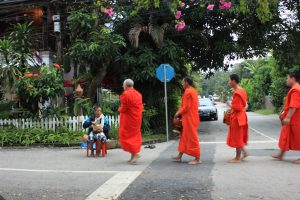
If you choose to simply observe and photograph this spiritual practice, please be respectful. You may notice other travelers jumping right in front of monks and jamming a camera lens right in their faces, and we respectfully request that you don’t do this. Giving alms is a sacred practice for the local people, and monks are the most revered members of society. Additionally, you may notice that people do this in particular to younger (child) monks. While iconic, please keep in mind that these young monks are still sacred societal figures, and what’s more, they are also still children – please take care to respect and protect their rights.

In Thailand, smaller groups of monks, usually around 1- 6 at a time, will set forth from their temples in the early morning. You will spot vendors with small booths offering to sell food or lotus flowers which you may present as an offering. When the monks come past, you’ll once again kneel at the edge of the road, with your shoes removed, and place the offering (if it is food) into their begging bowls. In Thailand, the food is usually pre-packed in plastic or Styrofoam containers. If presenting a lotus flower, you’ll set it on top of the bowl and the monk will then pick it up (don’t hand it directly to the monk.) Once you present your offering, the monks will pour water on the ground in front of you, and chant a blessing for you, before moving on down the street.

You can certainly partake in alms-giving on your own, but we recommend using our Journeys Within guides to improve the experience. Our guides can help explain the proper technique to each step, help you purchase and prepare your offerings, and explain the significance of each ritual and translate for you as needed. I’ve experienced it both ways – in Thailand, my guide Tien walked me through the process, explained everything, and made it a wonderful and enriching experience, and took photos for me.
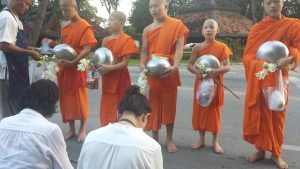
In Laos, I walked out of my hotel with the intention of simply watching and taking a few photos, and a local woman approached me and offered to sell me a few offerings for a very cheap price. Figuring that I was here and might as well join in the moment, I agreed. She helped me wrap a scarf properly, offered a place for me to kneel and kept bringing me more offerings to hand the monks, and took a rather blurry photo of me giving alms with my cell phone, before proceeding to demand extra money, which fortunately I happened to have in my pocket – all in all quite a skillful hussle, but I chalked it up as being part of the experience, and noted it as something that wouldn’t happen under the watchful eye of a Journeys Within guide.

Other tips about visiting sacred sites in Southeast Asia and partaking in religious ceremonies:
- Dress properly when visiting active temples. Be sure to remove your hat and shoes before entering a temple.
- In many Asian cultures the feet are considered the lowest and dirtiest part of the body while the head is considered the highest and most sacred part of the body. Do not sit with your feet towards the Buddha or another person– sit with your feet tucked behind you and don’t use your foot to point or motion “kicking”. Try not to cross your legs while sitting, especially in the presence of a monk. This applies whether you are sitting on the floor or in a chair. When sitting in a chair, keep your feet on the ground.
- There are many sacred sites and items in Southeast Asia – please don’t touch sacred items, sites or statues without permission. Don’t sit with your back against a Buddhist image or statue. If you purchase mementos, don’t keep Buddhist images or sacred objects in inappropriate places.
- You may notice contribution boxes – although not required, it is appropriate to drop a small contribution into a donation box at a monastery or pagoda, especially if there is no entry fee for visiting the site. These donations help maintain the sites and are considered to help create good karma.
- Many temples or historical sites will post signs that state that photography is not allowed. Even if there is no sign, please be respectful and consider not using the flash in places of worship.
- Speak softly when in a temple. Even more so if monks or locals are present worshiping! When handing something to someone, or receiving something, use both hands. When you pay for something, hold the money in both hands when passing it to the receiver.
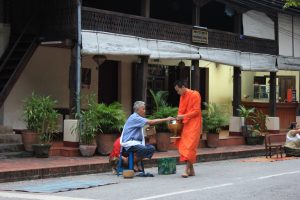


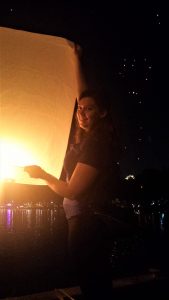

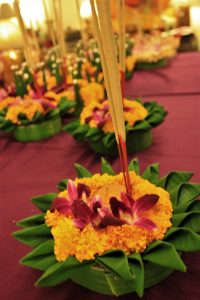
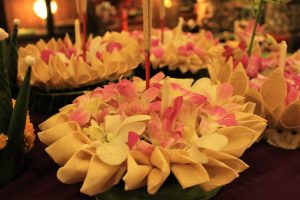
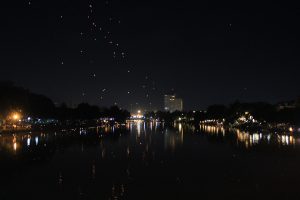
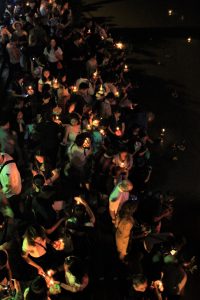
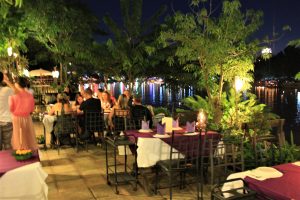
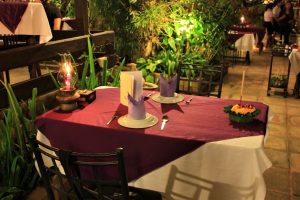
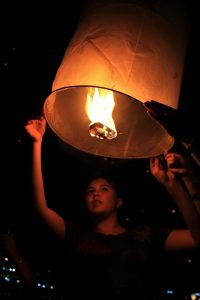
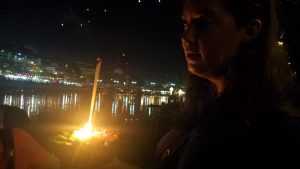
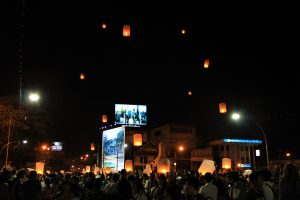
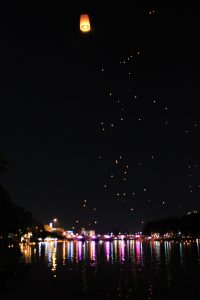
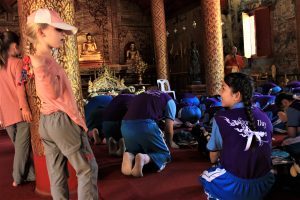
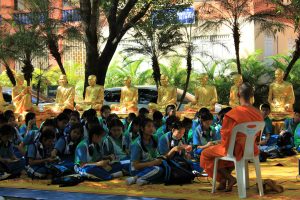
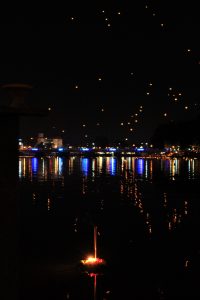
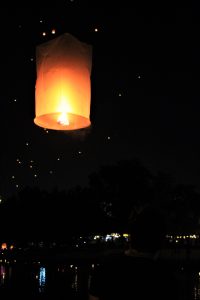


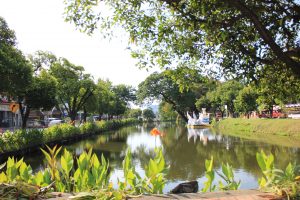
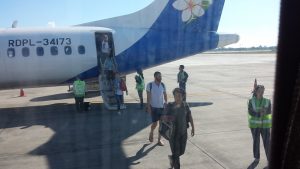
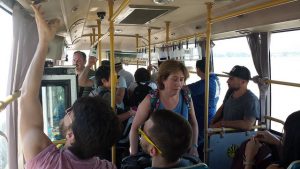


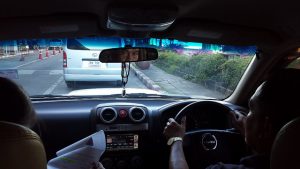
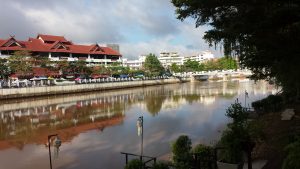

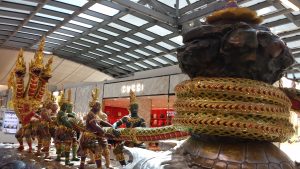
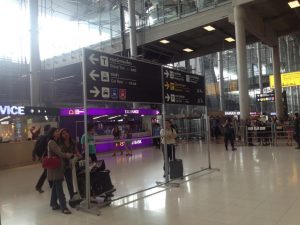



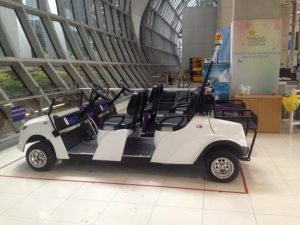
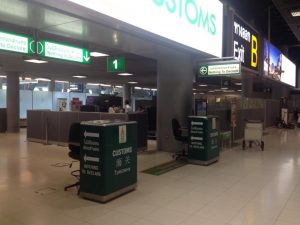

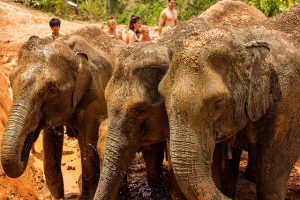


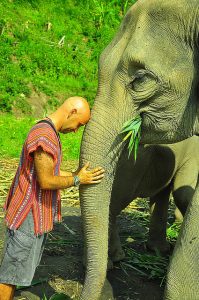
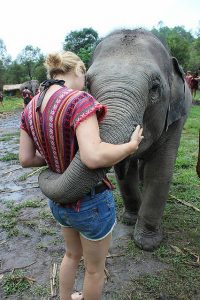 …
…